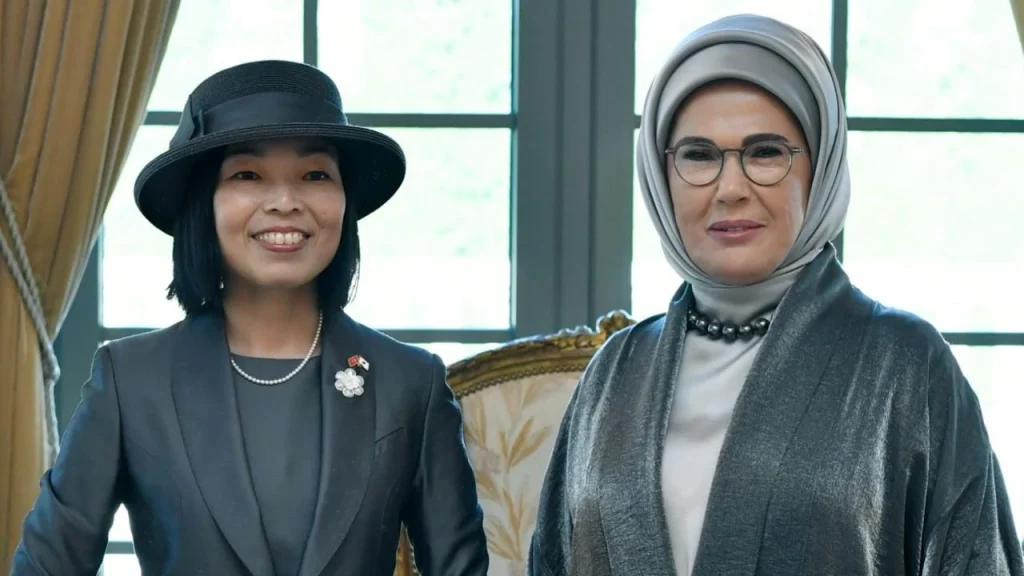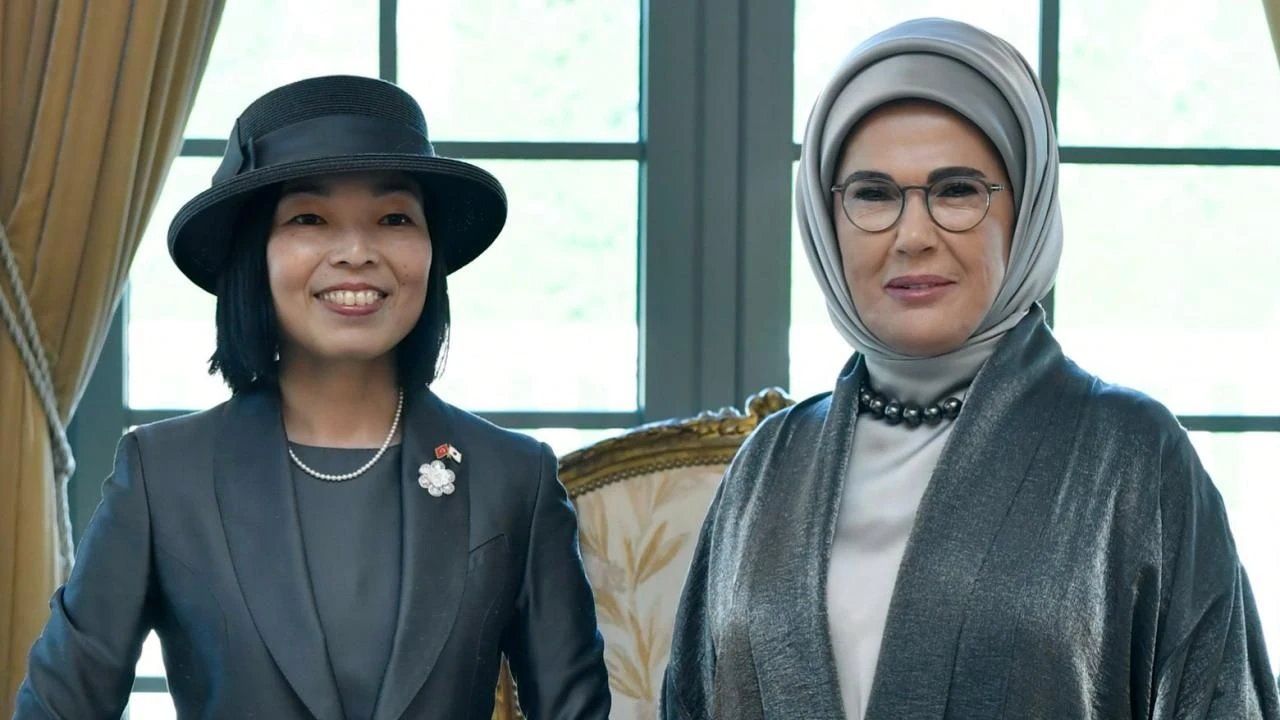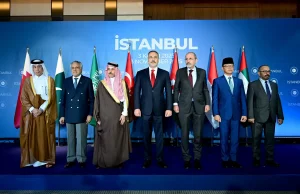The historic friendship between Japan and Türkiye has once again been reaffirmed with the visit of Japanese Princess Akiko of Mikasa, who arrived in Türkiye last week as part of her ongoing mission to strengthen cultural, scientific, and diplomatic ties. Her visit highlights a relationship built on resilience, mutual respect, and a vision for deeper cooperation in trade, defence, and education.

A Legacy of Generations
Princess Akiko, representing the third generation of the Mikasa family, emphasized the responsibility she carries in continuing a legacy of cultural diplomacy between the two nations.
“The bond that my grandfather, my father, and I have carried across three generations is not only a family story; it is a human, cultural, and scientific bridge between Japan and Türkiye,” she said.
Her grandfather, Prince Mikasa, pioneered Japanese archaeological excavations in Kaman, Türkiye during the 1980s. These projects remain an enduring symbol of scientific cooperation, linking Japanese and Turkish scholars in shared exploration and cultural discovery.
A Friendship Forged in History
Former Turkish Ambassador to Tokyo, Murat Mercan, described the bilateral relationship as “almost genetic,” rooted in cultural similarities and strengthened by shared experiences.
“Türkiye lies at the westernmost edge of Asia and Japan at the far east, yet there is a surprising affinity,” he noted.
Both languages belong to the same structural family, while traditions such as respect for family, courtesy, and cleanliness mirror one another. These cultural parallels give the Turkish–Japanese friendship a unique depth rarely seen in international relations.
One of the most significant historical moments shaping this relationship was the Ertugrul tragedy of 1890, when the Ottoman frigate sank off Kushimoto. The compassion of the Japanese people in rescuing Ottoman sailors forged a permanent bond between the nations.
Another pivotal moment came in 1985, during the Iran-Iraq war, when Turkish Airlines evacuated Japanese citizens stranded in Tehran, showcasing Türkiye’s solidarity in times of crisis.
Compassion in Times of Disaster
The humanitarian bond between the two countries has been most visible during natural disasters. After every major earthquake in either nation, rescue teams have crossed continents to aid one another.
“After every major earthquake in either country, rescue teams immediately cross continents to help one another,” Ambassador Mercan said. “This compassion in tragedy strengthens the bond between our peoples.”
Such shared experiences in moments of need have built an emotional resilience into the relationship, ensuring that Japan–Türkiye ties go beyond formal diplomacy and rest on genuine mutual care.
Looking Toward the Future
Princess Akiko’s visit signals more than remembrance of past milestones; it reflects an intent to deepen collaboration in key fields such as trade, education, archaeology, and defence cooperation. Türkiye has also voiced its commitment to advancing dialogue with Japan in the context of Asia-Europe relations, positioning their partnership as a model of East-West connectivity.
For both nations, the relationship is not only a historical inheritance but also a strategic and cultural necessity. As Princess Akiko expressed, the goal is to pass on this friendship “to future generations,” ensuring its strength in the decades ahead.
From the Ertugrul tragedy to earthquake solidarity, from archaeological cooperation to cultural diplomacy, the friendship between Türkiye and Japan stands as a rare example of enduring trust and compassion across continents. Princess Akiko’s visit reaffirms that this bond, rooted in history, remains vital for the future.















Comments are closed.